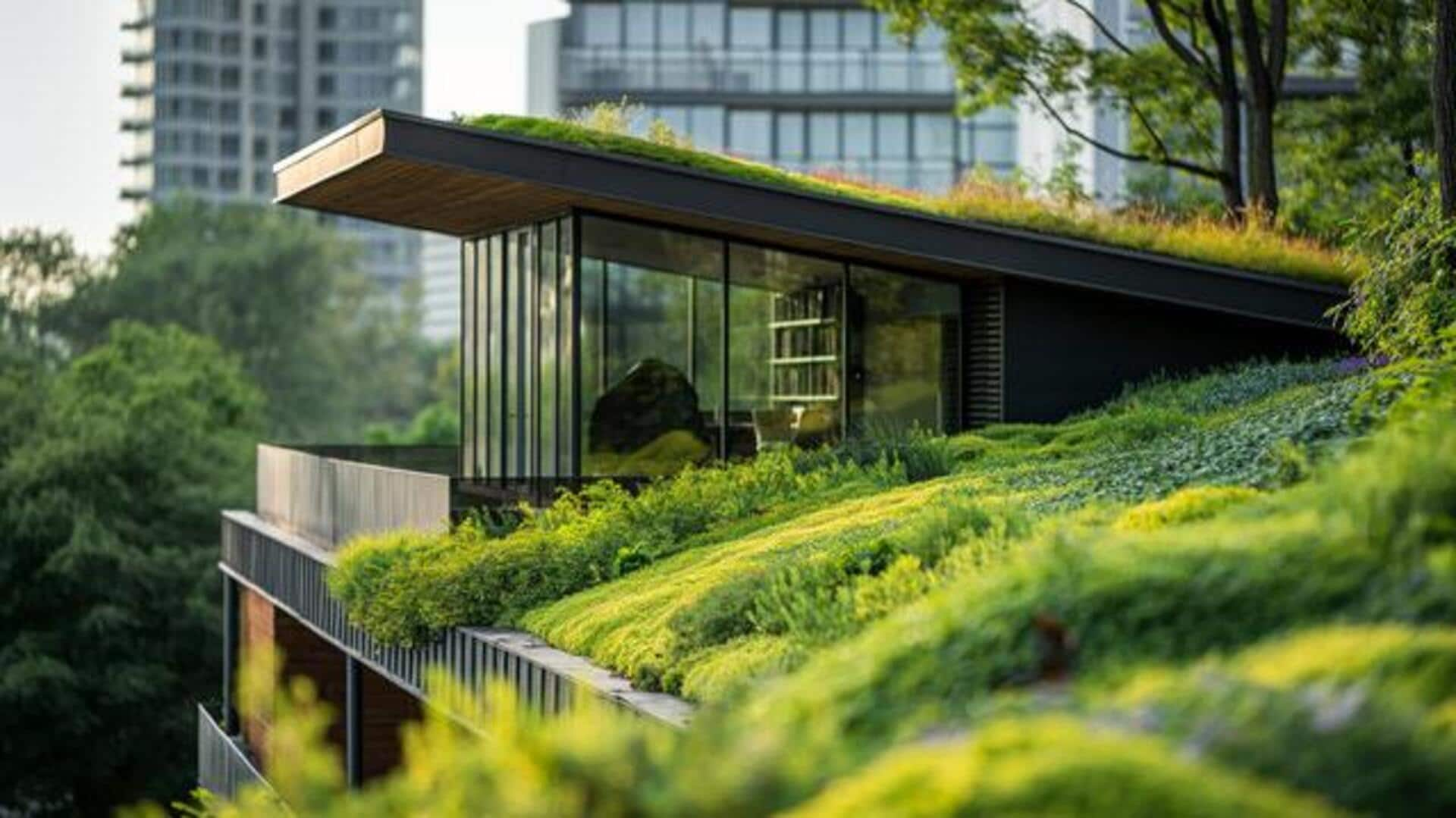
Green rooftops: Eco-friendly retreats from city chaos
What's the story
Green rooftops are fast becoming the newest attraction in urban Asia, where they give travelers a refreshing break from the busy city life. Not only do these sky-high gardens give a peaceful atmosphere, but they also help in saving the environment. As cities get denser, green rooftops make for a creative answer to beautifying urban spaces, while giving visitors a glimpse of nature right in the city.
Traveler benefits
Benefits of green rooftops for travelers
Green rooftops give travelers a chance to take in panoramic views of the cityscape while being surrounded by lush greenery. Equipped with walking paths and seating places, these spaces serve as perfect spots for relaxation and contemplation. If you are keen on photography or just want an escape from crowded tourist spots, green rooftops make for an ideal setting.
Environmental impact
Environmental impact of urban gardens
The environmental benefits of green rooftops are immense. They contribute towards reducing urban heat by soaking up the sunlight and lowering temperatures on building surfaces. Further, these gardens also purify the air by filtering out pollutants and raising oxygen levels. For eco-conscious travelers, a visit to green rooftops can also be an educative experience, showcasing how sustainable practices thrive in urban settings.
Economic benefits
Economic advantages for cities
Cities with widespread green rooftop networks can also reap economic benefits, like higher property values and lower energy bills. The cooling effect of these gardens can even reduce air conditioning costs for buildings located underneath them. Additionally, they attract tourists seeking out-of-the-ordinary experiences, helping local businesses, like cafes and shops, in the vicinity.
Design considerations
Designing accessible green spaces
Designing accessible green spaces on rooftops requires meticulous planning to ensure they are safe and usable. Features like non-slip pathways, adequate lighting, and clear signage not only enhance a visitor's experience but also make them accessible for everyone, including those with mobility challenges. Incorporating native plants that require little maintenance goes a long way in supporting sustainability efforts without sacrificing aesthetics or functionality.